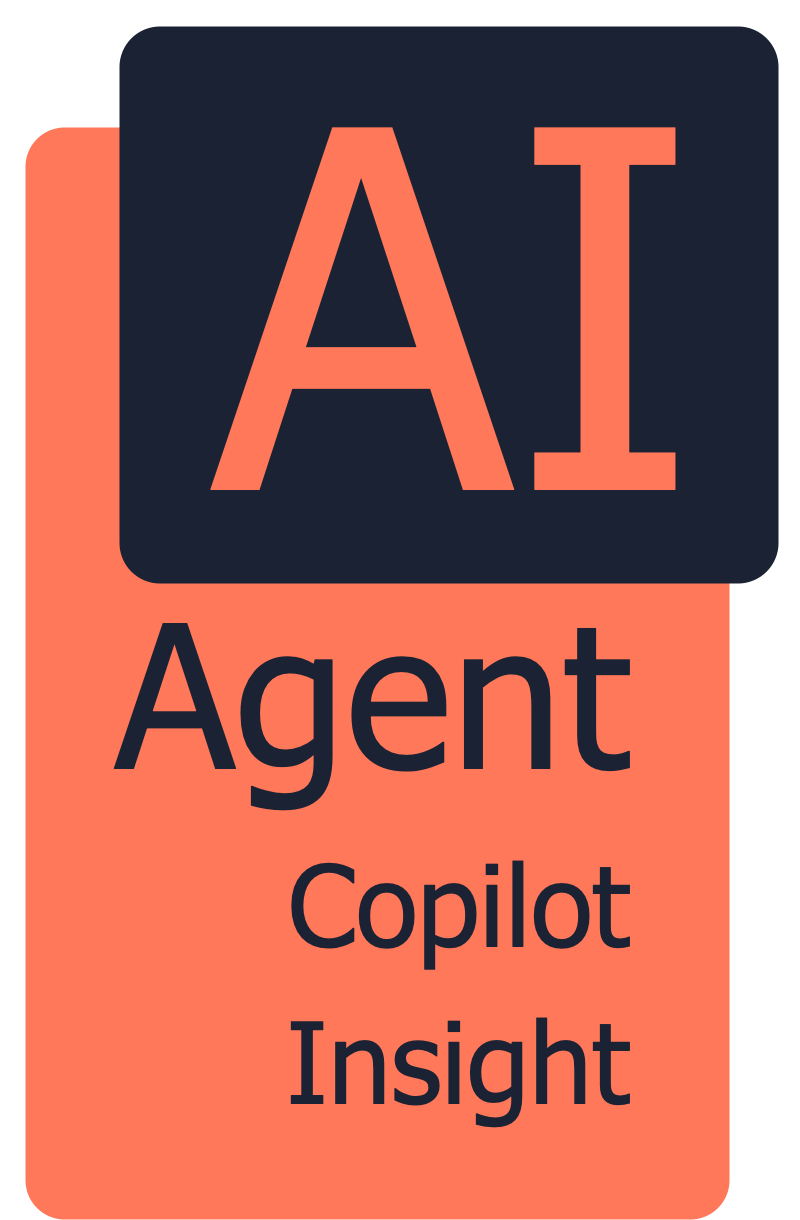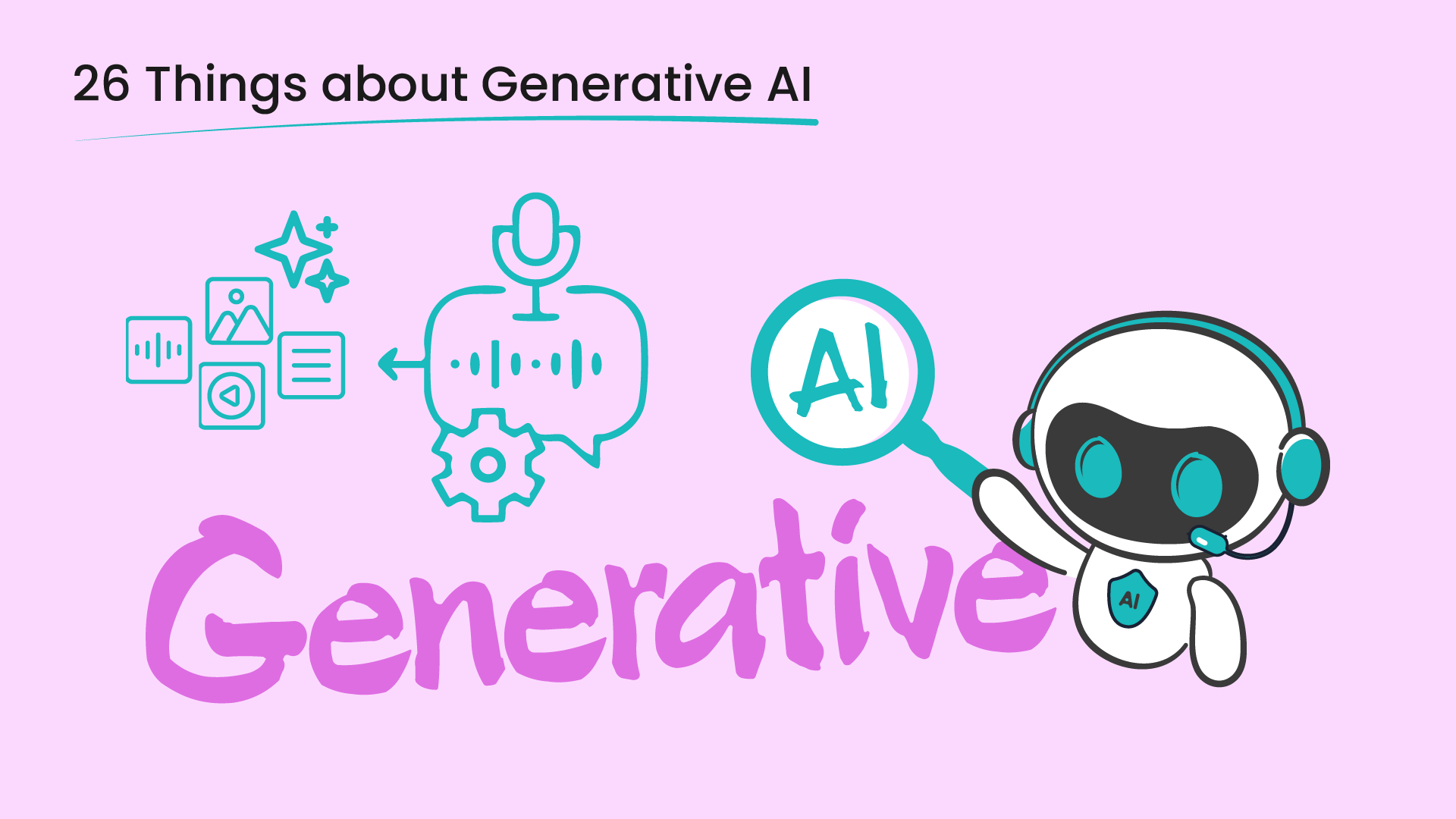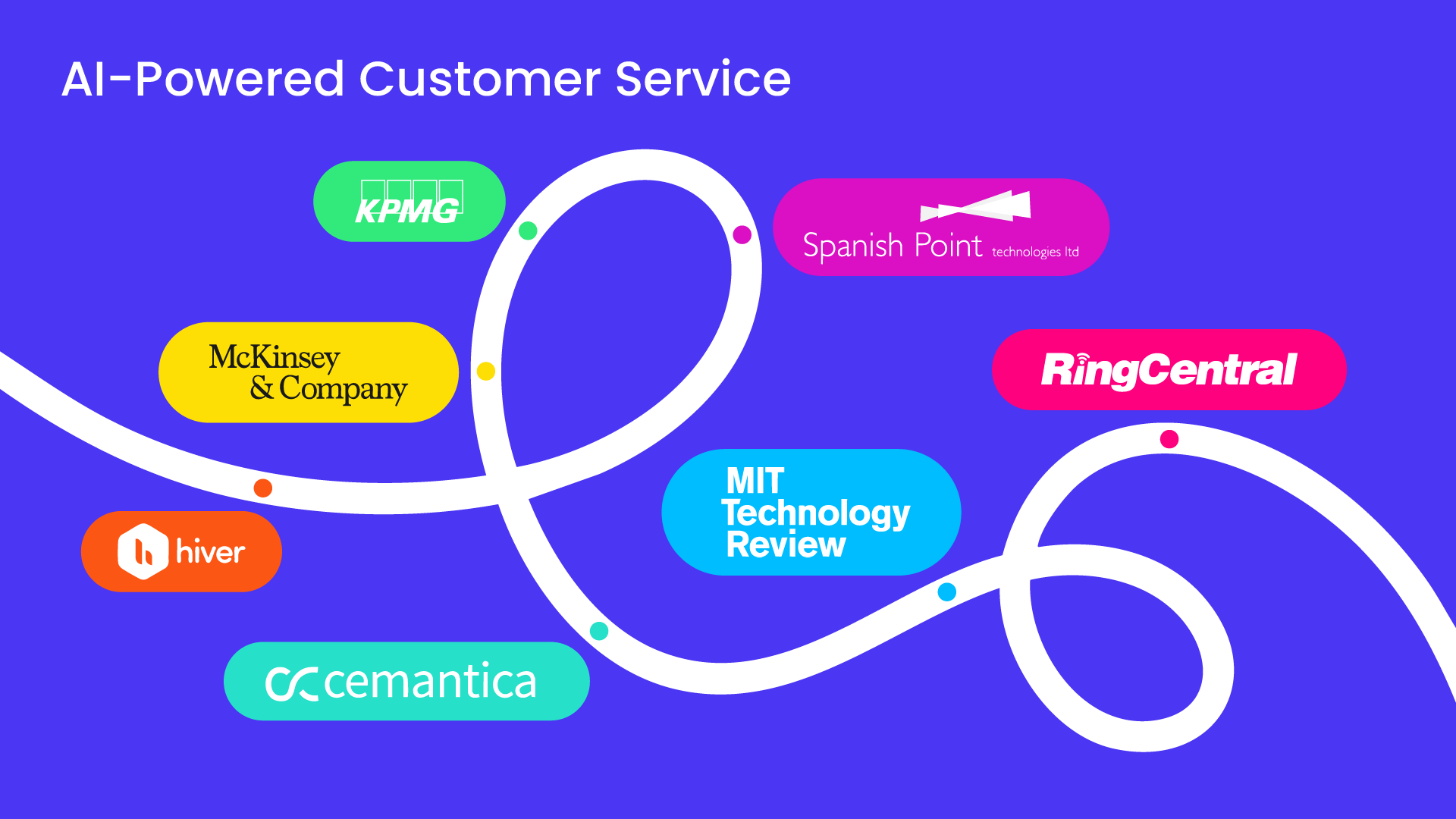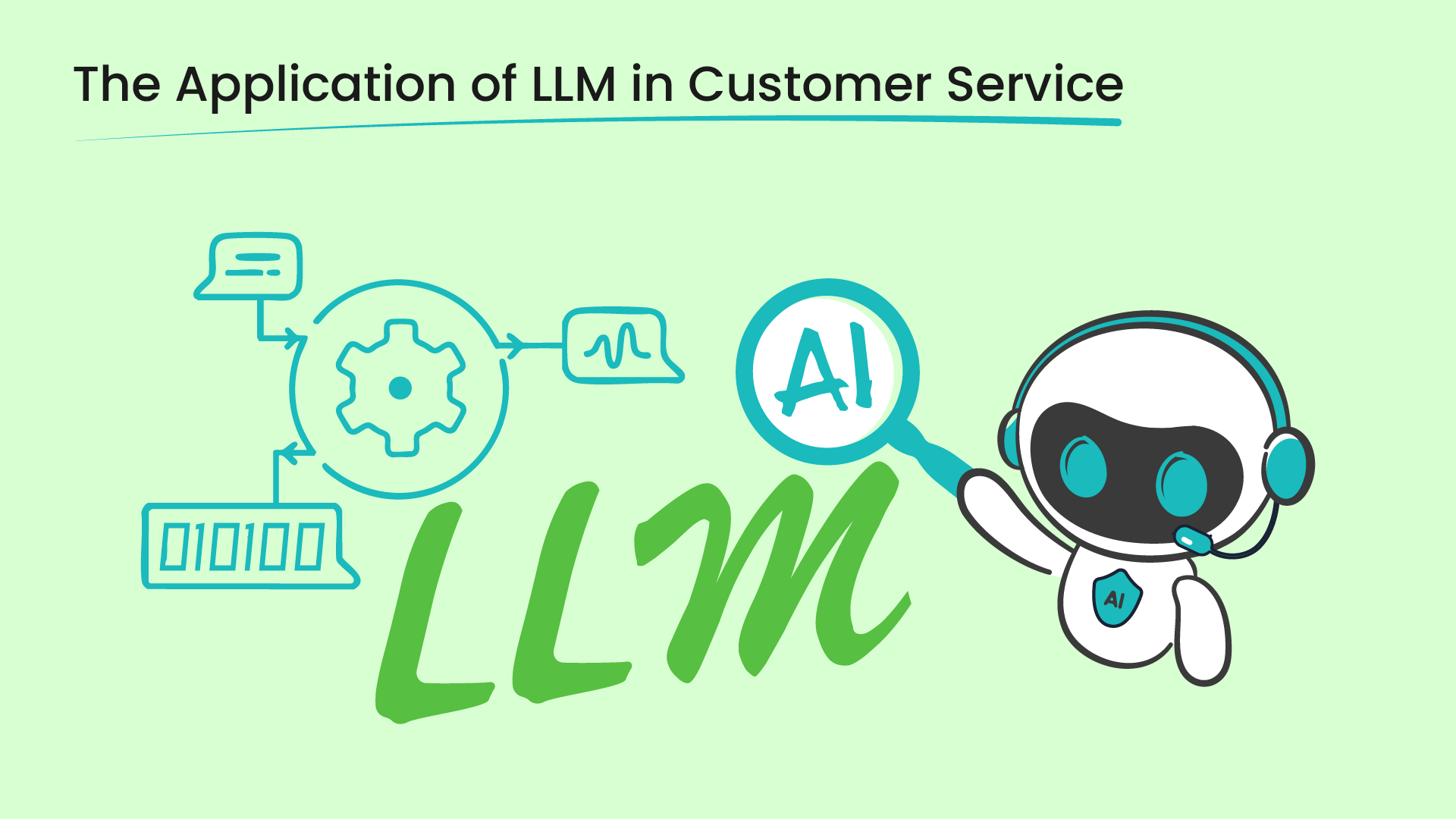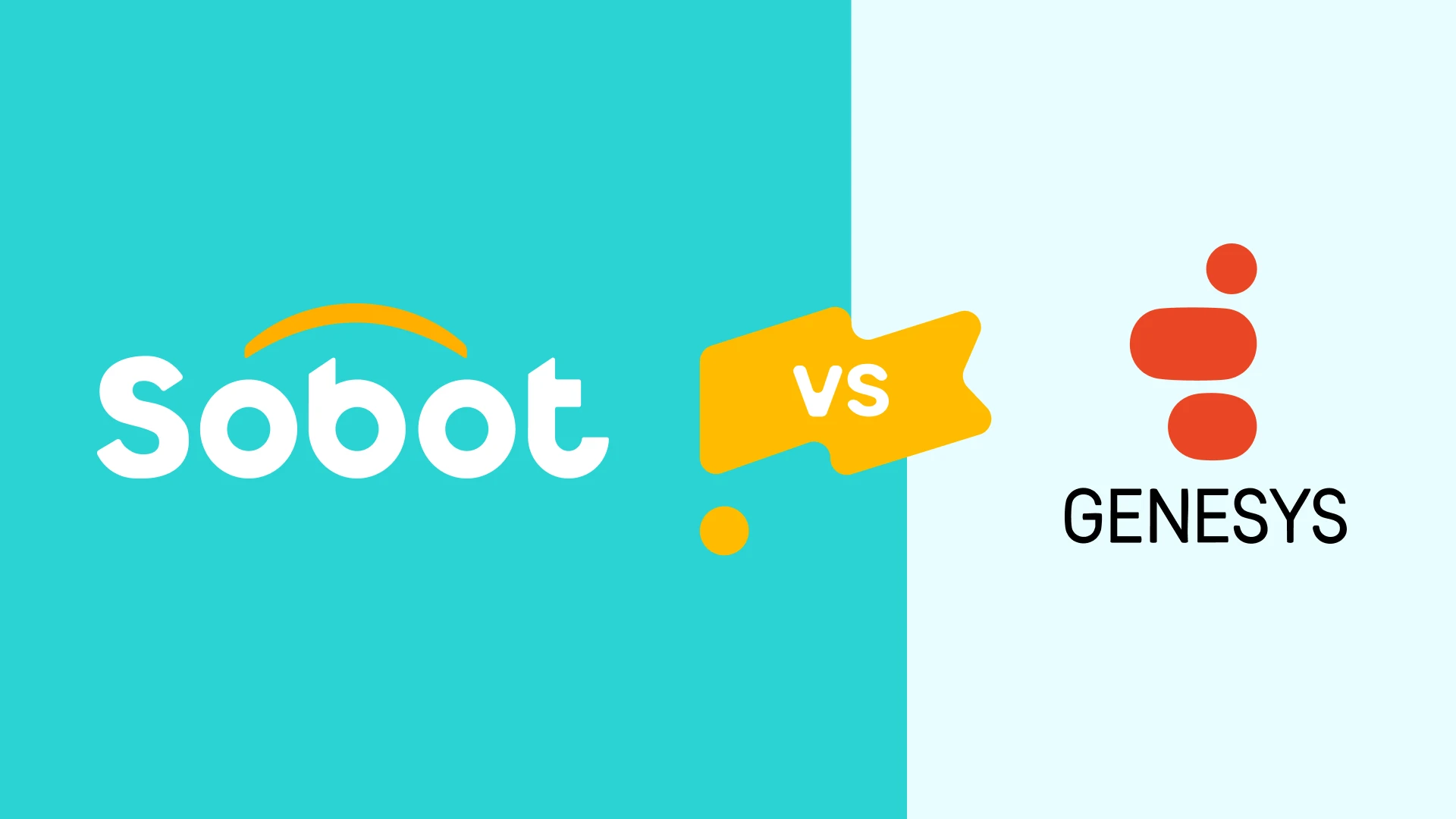Generative Artificial Intelligence (AI) is transforming industries by enabling machines to create content, designs, and solutions that were once solely within the human domain.This surge in capability is not just a technological marvel but also an economic catalyst.
Recent projections indicate that the global Generative AI market, valued at approximately $37.89 billion in 2025, is expected to skyrocket to around $1,005.07 billion by 2034, reflecting a compound annual growth rate (CAGR) of 44.20%.
Generative AI is transforming various industries, and platforms like Sobot leverage AI technologies, including AI Agents and AI Copilots, to deliver seamless customer support experiences.
Such exponential growth underscores the profound impact Generative AI is poised to have across various sectors, including media, healthcare, and finance.As businesses and individuals navigate this rapidly evolving landscape, understanding the fundamentals of Generative AI becomes imperative.
This article addresses 26 pivotal questions, offering insights into the essence, applications, and implications of Generative AI in today’s world.
Introduction to Generative AI
1. What is Generative AI, and why is it important?
Generative Artificial Intelligence (Generative AI) refers to algorithms and models capable of creating new, original content—such as text, images, music, and code—by learning patterns from existing data. Unlike traditional AI systems that analyze or classify data, generative AI produces novel outputs, making it invaluable for tasks requiring creativity and innovation. Its importance lies in its ability to augment human creativity, automate content generation, and provide solutions across diverse fields, from art and entertainment to scientific research and business analytics.
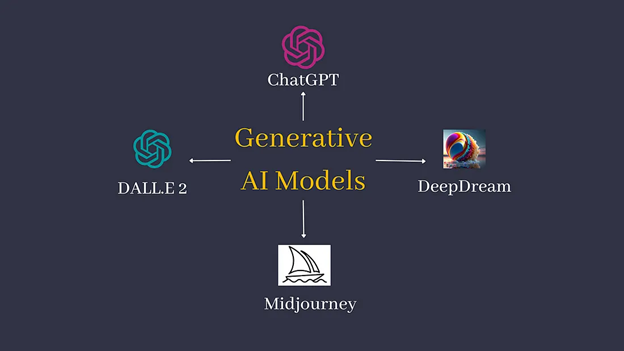
2. How does Generative AI differ from traditional AI?
Traditional AI focuses on analyzing data, recognizing patterns, and making predictions or classifications based on existing information. In contrast, Generative AI goes a step further by creating entirely new content. While traditional AI might identify spam emails, generative AI can compose an email in the style of a specific author. This creative capability enables applications such as drafting articles, designing graphics, and composing music, distinguishing generative AI from its traditional counterparts.
3. What are the Differences and Relationships Among Generative AI, Conversational AI, RAG, LLMs, and NLP?
- Natural Language Processing (NLP): NLP is a foundational technology in AI that enables machines to understand, interpret, and generate human language. It combines computational linguistics, machine learning, and deep learning to process and analyze text and speech. NLP powers a wide range of applications, including chatbots, sentiment analysis, language translation, and speech recognition. Essentially, NLP is a fundamental component used by Generative AI, Conversational AI, RAG, and LLMs to understand and respond in natural language.
- Generative AI: Generative AI is a broad category of AI systems capable of producing new content, such as text, images, videos, and audio. It leverages deep learning models, including Generative Adversarial Networks (GANs), Variational Autoencoders (VAEs), and Transformer-based models. These models are trained on vast datasets to create unique, contextually relevant outputs. Generative AI often relies on NLP techniques when generating text.
- Large Language Models (LLMs): LLMs are a subset of Generative AI designed specifically for text-based content generation. These massive neural networks, like OpenAI’s GPT series and Meta’s LLaMA models, are trained on extensive text corpora to understand and generate human-like language. They excel at producing coherent and contextually accurate responses. Since LLMs utilize advanced NLP techniques, they serve as the backbone of many generative and conversational AI solutions.
- Conversational AI: Conversational AI is a specialized form of AI designed to engage in interactive, human-like dialogues. It uses NLP to understand user input and generate context-aware responses. While Conversational AI can leverage Generative AI and LLMs to create responses, its primary focus is on maintaining dynamic, real-time conversations. Virtual assistants, chatbots, and customer support tools are common examples. Sobot harnesses NLP and conversational AI to understand and respond to customer queries in real time, enabling personalized and context-aware interactions.
- Retrieval-Augmented Generation (RAG): RAG combines generative and retrieval-based methods to enhance response accuracy and context relevance. It works by first retrieving relevant information from a database or external sources and then generating a response using a generative model. This approach is particularly effective for answering complex or knowledge-intensive questions. RAG often utilizes LLMs and NLP techniques to understand queries, retrieve data, and craft informative responses.
4. How Are Generative AI, Conversational AI, RAG, LLMs, and NLP Interrelated?
Generative AI, Conversational AI, Retrieval-Augmented Generation (RAG), Large Language Models (LLMs), and Natural Language Processing (NLP) are deeply interconnected, often working together to create sophisticated AI-driven systems.
- NLP is the foundation that enables all the other technologies to understand and generate human language. Without NLP, AI wouldn’t be able to comprehend text or speech, which is essential for the other models to function properly.
- Generative AI leverages NLP to create new content across various forms, from text to images. It often uses advanced models like LLMs to generate coherent and contextually relevant outputs.
- LLMs, like GPT-4, are a specific type of Generative AI that specializes in language processing. They understand and generate human-like text by analyzing vast datasets. These models rely on NLP to function efficiently.
- Conversational AI builds on both NLP and LLMs to create interactive experiences. By using these models, Conversational AI systems like chatbots or virtual assistants can engage in dynamic dialogues and understand user intent.
- RAG enhances AI systems by combining the power of retrieval-based models with generative techniques. It first retrieves information from external sources before generating a response, improving accuracy and context in real-time conversations or responses.
These technologies work in tandem, with NLP as the core driver, enabling enhanced interactions, content generation, and smarter, more personalized AI applications.
Together, these technologies form a robust ecosystem that enables AI to understand, interact, and generate content across various domains.
Core Technologies Behind Generative AI
5. What are the two main types of generative AI models?
The primary types of generative AI models are:
- Generative Adversarial Networks (GANs): Consist of two neural networks—a generator and a discriminator—that work in tandem. The generator creates data samples, while the discriminator evaluates them against real data, refining the generator’s outputs over time. GANs are widely used in image and video generation.
- Variational Autoencoders (VAEs): Encode input data into a compressed representation and then decode it back to generate new data samples. VAEs are effective in generating complex data distributions and are applied in tasks like image synthesis and anomaly detection.
6. Which technique is commonly used in generative AI?
Transformer architectures are prevalent in generative AI, especially for natural language processing tasks. Transformers utilize self-attention mechanisms to capture relationships within data sequences, enabling models like GPT (Generative Pre-trained Transformer) to generate coherent and contextually relevant text.
7. How many Generative AI models are there?
Generative AI models come in various forms, with new advancements continuously expanding their capabilities. These models can perform tasks such as text generation, image creation, and multimodal content synthesis. Some models fit into multiple categories, like GPT-4, which functions as a transformer-based, large language, and multimodal model. Below are some of the most notable types:
- Large Language Models (LLMs): Specialized in generating and completing text-based content at scale.
- Multimodal Models: Capable of processing multiple input formats; for example, GPT-4 can handle both text and image prompts.
- Diffusion Models: Used for creating high-quality images and videos.
- Generative Adversarial Networks (GANs): Primarily used for generating synthetic images and enhancing data sets.
- Neural Radiance Fields (NeRFs): A newer approach to AI-generated 3D imagery from 2D image inputs.
- Variational Autoencoders (VAEs): Useful for generating realistic images, audio, and video content.
- Unimodal Models: These accept only one type of input, such as text-only or image-only models.
- Transformer-Based Models: Ideal for text generation and content completion; examples include GPT (Generative Pre-trained Transformer) and BERT (Bidirectional Encoder Representations from Transformers).
With ongoing research and innovation, generative AI models are constantly evolving, unlocking new possibilities across various industries.
8. What is the most common type of generative AI?
Large Language Models (LLMs) are among the most common types of generative AI. Trained on extensive text datasets, LLMs can generate coherent and contextually relevant text, making them foundational for applications like chatbots, content creation, and code generation.
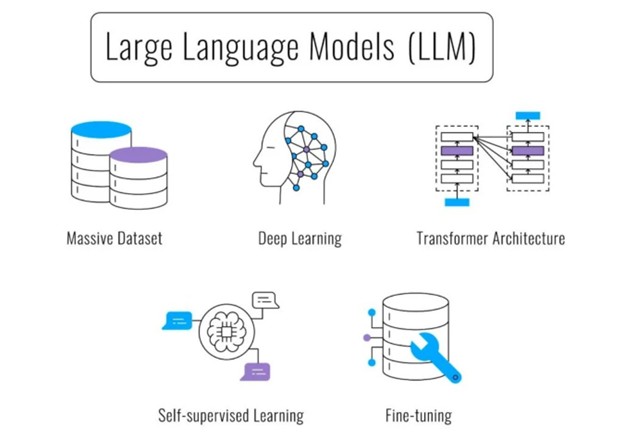
9. How is the attention mechanism of Llama 2 different from GPT?
Llama 2 employs Grouped-Query Attention (GQA), which enhances inference speed and efficiency by reducing the computational load during the attention process. In contrast, models like GPT-4 utilize standard multi-head attention mechanisms, which, while effective, can be more resource-intensive. The adoption of GQA in Llama 2 allows for faster processing without significantly compromising performance.
10. How do Generative Adversarial Networks (GANs) revolutionize AI?
GANs have revolutionized AI by introducing a framework where two neural networks—the generator and the discriminator—compete, leading to the creation of highly realistic data. This approach has significantly advanced fields like image synthesis, data augmentation, and realistic simulation environments.
11. How do generative models learn to generate new data?
Generative models learn by analyzing patterns and structures within existing datasets. Through training, they capture the underlying distribution of the data, enabling them to generate new, similar instances that reflect the characteristics of the original dataset.
12. What are the three main categories of AI algorithms?
The primary categories include:
- Supervised Learning: Models learn from labeled datasets, making predictions or classifications based on input-output pairs.
- Unsupervised Learning: Models identify patterns and relationships in unlabeled data without predefined labels.
- Reinforcement Learning: Models learn by interacting with an environment, receiving feedback in the form of rewards or penalties to optimize their performance over time.
Applications of Generative AI
13. What are the latest advancements in Generative AI?
Recent advancements include:
- AI Agents: Tools like AutoGPT and BabyAGI automate complex tasks by autonomously generating and executing prompts, pushing the boundaries of AI autonomy.
- Neural Radiance Fields (NeRF): A technique for generating high-fidelity 3D scenes from 2D images, revolutionizing fields like virtual reality and gaming.
- AI in Video Generation: Platforms like Sora by OpenAI and Runway Gen-2 enable the creation of realistic video content from textual descriptions, expanding the horizons of content creation.
14. How Does Generative AI Contribute to the eCommerce and Retail Industry?
Generative AI is revolutionizing the eCommerce and retail sectors by enhancing customer experiences, optimizing operations, and driving sales. It provides innovative solutions, including:
- Personalized Marketing: Generative AI creates hyper-targeted ads, product descriptions, and promotional content tailored to individual customer preferences, increasing engagement and conversion rates.
- Visual Content Generation: AI tools can generate high-quality product images, videos, and 3D models, enabling virtual try-ons, interactive product displays, and immersive shopping experiences.
- Chatbots and Virtual Assistants: AI-driven chatbots handle customer inquiries, provide personalized shopping advice, and manage post-sale support, improving customer satisfaction.
- Inventory Management and Demand Forecasting: AI analyzes sales data and customer behavior to predict demand, manage inventory, and optimize pricing strategies.
- Dynamic Pricing: Generative AI adjusts prices based on market trends, competitor analysis, and customer profiles, maximizing profitability.
- Product Design and Customization: AI can create unique product designs, personalize products, and suggest new styles based on market trends.
By leveraging Generative AI, eCommerce and retail businesses can enhance customer experiences, streamline operations, and stay competitive in a dynamic market. Sobot’s AI Agent can assist online shoppers by answering questions, providing recommendations, and handling post-sale support, enhancing the eCommerce experience.
15. How Is Generative AI Applied in Customer Service?
Generative AI is revolutionizing customer service by automating responses, providing personalized support, and improving issue resolution. It leverages tools such as AI Agents, AI Copilots, and AI Insights to deliver seamless customer interactions:
- AI Agents: These autonomous tools handle customer inquiries, provide instant responses, and resolve common issues without human intervention. They can understand context, answer FAQs, and handle complex queries, improving efficiency and customer satisfaction.
- AI Copilot: Acting as a virtual assistant for customer service agents, AI Copilots suggest responses, retrieve information, and automate workflows, enabling agents to handle queries faster and more accurately.
- AI Insights: AI analyzes customer interactions to generate valuable insights, helping businesses understand customer behavior, identify trends, and make data-driven decisions. It optimizes support strategies and enhances customer experiences.
By leveraging these advanced tools, Generative AI enhances customer support efficiency, delivers personalized assistance, and drives customer loyalty.
16. How can businesses and individuals benefit from Generative AI?
Benefits include:
- Content Creation: Automating the production of articles, marketing copy, and social media content, saving time and resources.
- Design Assistance: Generating design prototypes and creative assets, aiding in product development and branding.
- Data Augmentation: Creating synthetic data to train machine learning models, especially when real data is scarce or sensitive.
17. What problems can Generative AI solve?
Generative Artificial Intelligence (AI) is a transformative technology capable of addressing a multitude of challenges across various industries. By leveraging advanced algorithms and models, Generative AI can:
- Enhance Language Translation: By analyzing extensive linguistic datasets, Generative AI can produce accurate and contextually appropriate translations, facilitating seamless communication across diverse languages.
- Advance Drug Discovery: In the pharmaceutical sector, Generative AI models molecular structures, aiding in the identification of potential new drugs and accelerating the discovery process.
- Improve Simulation and Modeling: Generative AI creates realistic simulations for training and testing purposes, beneficial in sectors like autonomous driving and robotics.
- Personalize Education: By generating customized educational content and exercises, Generative AI caters to individual learning styles and paces, enhancing the educational experience.
- Optimize Financial Modeling: In finance, Generative AI assists in creating predictive models for market trends, risk assessment, and investment strategies, leading to more informed decision-making.
- Streamline Manufacturing Design: Generative AI aids in designing efficient and innovative components and systems, reducing material waste and production costs.
- Enhance Customer Service: Through the development of sophisticated chatbots and virtual assistants, Generative AI provides accurate and personalized responses, improving customer satisfaction and engagement.
- Facilitate Content Creation: Generative AI can produce high-quality written content, such as articles, reports, and marketing materials, streamlining the content creation process for businesses.
By addressing these challenges, Generative AI serves as a pivotal tool in driving innovation, efficiency, and personalization across various sectors.
18. What types of data is Generative AI most suitable for?
Generative AI excels in handling various data types, particularly:
- Textual Data: Generating articles, poetry, and code snippets.
- Visual Data: Creating images, videos, and designs.
- Audio Data: Composing music and synthesizing speech.
- Multimodal Data: Combining multiple data types, such as generating captions for images.
Its versatility allows applications across diverse fields, including entertainment, education, and business.
Ethical, Security, and Performance Challenges
19. Can Generative AI replace human creativity?
While Generative AI can produce creative content, it functions best as a collaborative tool rather than a replacement for human creativity. AI can assist in brainstorming, drafting, and prototyping, but human intuition, emotion, and cultural understanding remain irreplaceable in the creative process.
20. Is Generative AI supervised or unsupervised?
Generative AI models can be trained using both supervised and unsupervised learning methods:
- Supervised Learning: Models learn from labeled datasets, where input-output pairs guide the learning process.
- Unsupervised Learning: Models identify patterns and structures in unlabeled data without predefined outputs.
The choice of method depends on the specific application and availability of labeled data.
21. What are the ethical concerns of Generative AI?
Ethical considerations include:
- Misinformation: Potential for generating false or misleading content.
- Intellectual Property: Challenges in attributing and protecting original works.
- Bias and Fairness: Risk of perpetuating existing biases present in training data.
- Privacy: Possibility of generating content that infringes on individual privacy.
Addressing these concerns requires implementing robust guidelines and oversight mechanisms.
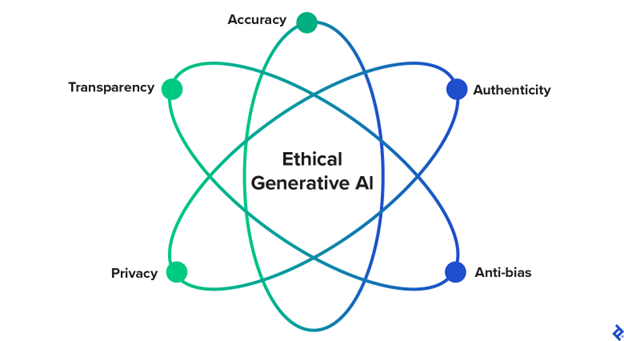
22. What are deepfakes, and how are they related to Generative AI?
Deepfakes are synthetic media—typically videos or images—that have been altered or generated using Generative AI techniques, particularly Generative Adversarial Networks (GANs). They can convincingly depict individuals saying or doing things they never did, raising concerns about misinformation and consent.
23. How do adversarial attacks affect Generative AI systems?
Adversarial attacks involve intentionally inputting data designed to deceive AI models, leading to incorrect outputs. In Generative AI, such attacks can result in the creation of inappropriate or harmful content, undermining the model’s reliability and safety.
24. What are the security risks of Generative AI?
Security risks include:
- Data Privacy: Potential exposure of sensitive information through generated content.
- Malicious Use: Creation of deceptive content, such as phishing emails or counterfeit media.
- Model Vulnerabilities: Exploitation of weaknesses in AI models to produce unintended or harmful outputs.
Mitigating these risks requires implementing stringent security protocols and continuous monitoring.
25. What causes Generative AI to make mistakes?
Errors in Generative AI can stem from:
- Insufficient Training Data: Limited or unrepresentative datasets can lead to poor generalization.
- Overfitting: Models that are too closely tailored to training data may perform poorly on new inputs.
- Biases in Data: Existing biases in training data can result in skewed or inappropriate outputs.
- Complexity of Tasks: Tasks requiring nuanced understanding may exceed the model’s capabilities.
The Future of Generative AI
26. What is the future of Generative AI?
The future of Generative AI holds promise for advancements in:
- Enhanced Creativity Tools: More sophisticated collaboration between AI and human creators.
- Personalization: Tailoring content and experiences to individual preferences with greater accuracy.
- Cross-Modal Generation: Seamless integration of multiple data types, such as text-to-video generation.
- Ethical and Explainable AI: Developing transparent models that address ethical concerns and build trust.
Conclusion
Generative AI is revolutionizing customer service by automating tasks, enhancing personalization, and improving efficiency.Companies like Sobot are at the forefront, offering AI-powered solutions that integrate seamlessly across communication channels, providing personalized, 24/7 support.
Sobot’s AI Agent and AI Copilot transform customer service by providing instant, context-aware support, automating workflows, and enhancing agent productivity. Businesses using Sobot can leverage these AI tools to deliver fast, personalized and consistent customer service.
This approach not only streamlines operations but also elevates customer satisfaction, as evidenced by businesses achieving up to a 95% customer satisfaction score and an 85% problem resolution rate. By embracing such technologies, organizations can foster stronger customer relationships and drive sustainable growth.
